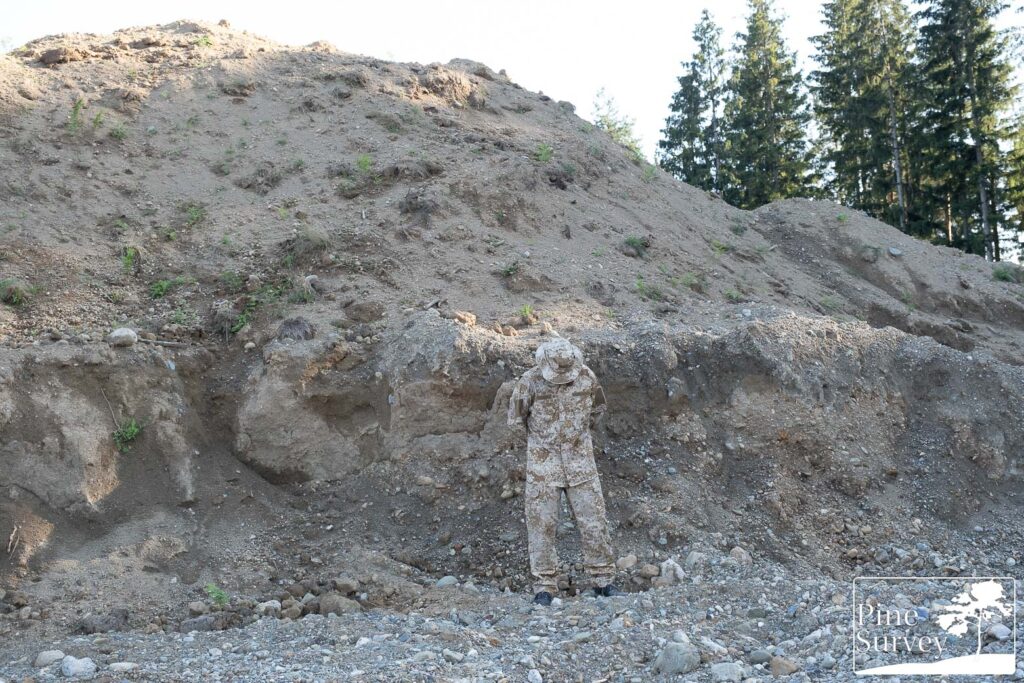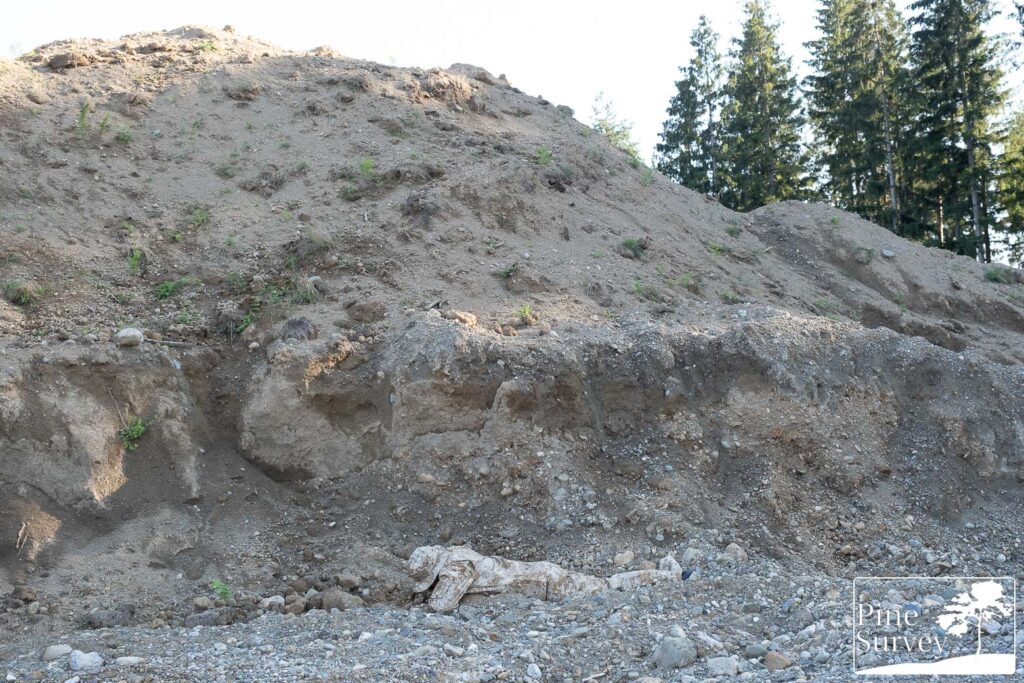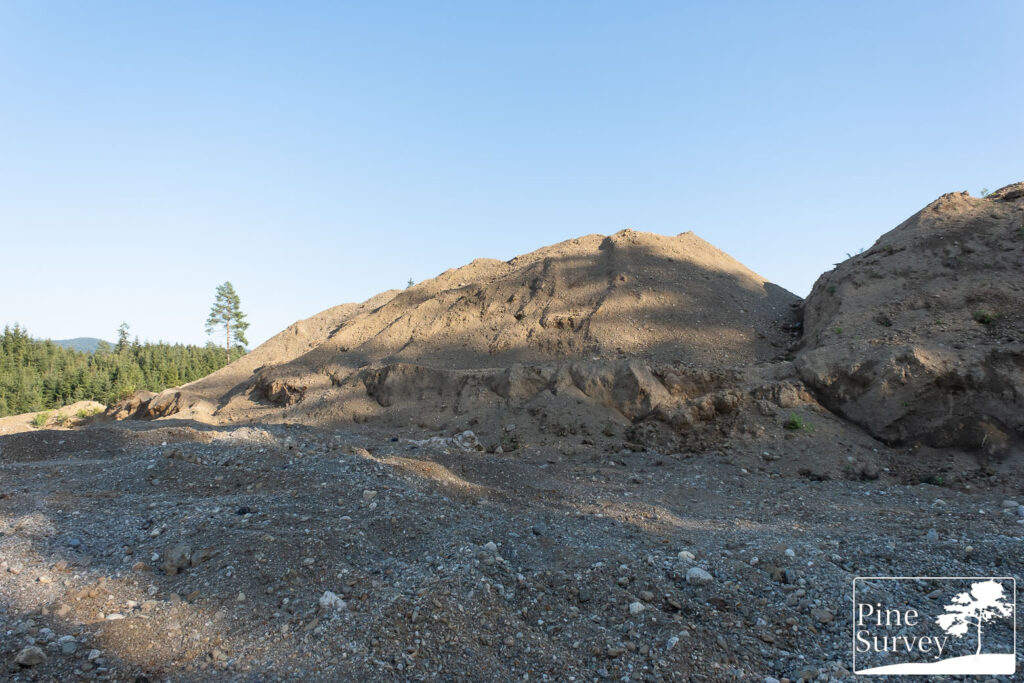Fieldtest: Desert Camouflage – PenCott Sandstorm
Introduction
PenCott Sandstorm is one of the neglected PenCott patterns that surely deserves more attention, because of its performance. Designed as a desert camouflage, it saw only minimal coverage, despite being used in the Middle East on several occasions.
Those who follow the blog will already know that I have taken a closer look at several desert camouflage patterns. As I have plenty of material left, it is time to make use of it and show you one more.
That being said, keep in mind I am based in Central Europe. So let’s have a look at the methodic remarks and get right to it.
Methodic Remarks regarding “desert” testing
As always there are several important aspects to point out beforehand. First of all, I do not claim any scientific standard with my camouflage comparisons, although I do my best to provide comparability. I also conduct them with my best knowledge and the available resources.
The pictures are taken at the same locations in order to make a comparison possible. As I am in a Central European Environment it is obviously not possible to do a desert test. The location is a huge gravel/sand pit and as a result the soil is different to that of a desert. Humidity is a big issue, as is rain. Earth is considerably browner than sand and so on. These are obvious facts, but I need to point them out so that one can make an educated assessment of the situation.
Before I start, please consider the following – as always:
I did not edit the pictures in any special way, except the following:
- Lens correction
- Watermark
- Blurred my face out if necessary
- .jpeg compression to make it web compliant
- I always do a proper white balance to make colors appear the way they are.
A short explanation to the the procedure:
Information about the various locations will be stated in the subsections. The pictures usually portray three different positions:
- Standing in the open (to get an idea of the pattern in this particular surroundings and if the colors match it).
- Kneeling.
- The prone position (to mimic basic, up to ideal concealment without using enhancements).
As always I photographed the pattern with a wide angle lens at first and then with 35mm focal length, which mimics the actual picture the human eye would perceive at this distance. Having in mind the three different positions mentioned before, I usually end up with 6 pictures of each location.
With that being said, let’s take a closer look at the pictures themselves.
PenCott Sandstorm
PenCott Sandstorm is one of the three initial PenCott patterns introduced over 10 years ago.
It is designed for “arid, scrubland, barren and desert terrain” and uses the reverse color algorithm as PenCott Greenzone – meaning that the various pattern elements are colored in the opposite sequence from bright to dark. It features tan, ivory, khaki and brown.
By now it is hard to come by – this uniform is one of the old Helikon-Tex CPU uniforms, back when the company used to offer all of the patterns.
Location 1
Location one is in front of a huge mound of earth and stone. The ground itself is partly humid and therefore considerably darker in the areas that get less sunlight. Various rocks disturb the image not only on the ground but also in the background.
Occasionally there are green patches where grass and some flowers are fighting their way through the dirt.
The weather was sunny, but in the late afternoon, during the golden hour, making everything appear more yellowish, as well as casting shadows through the trees that border the pit.
The camera is standing roughly 10m away from me.






Observation – Location 1
The wide angle lens always creates the feeling of a longer distance. In this instance, PenCott Sandstorm manages to blend effectively into the background already in the standing position. While the base color is brighter than the wet earth in the back, the macro elements and the strong contrast in the pattern itself are providing the necessary disruption. The midi and micro elements create the additional shades that add to the blending effect. As a result, the organic feeling of the PenCott pattern is ideal for the rocky environment and its visual noise.
When kneeling down, the appearance is a bit brighter in this situation because of the light, at the same time the various pattern elements are visibly at work, creating disruption and blending in. The same effect can be observed when lying down, though now the bright ground and the elements of PenCott Sandstorm merge and complement each other.
At 35mm focal length the lighting is picked up differently from the camera, showing a more brighter setting. The contrast of the macro elements is more clear and the disruptive effect of the pattern can be observed. Again, the organic structure of the pattern and its coloration make for an effective blending in this situation. Kneeling down shows once more how lowering the silhouette contributes to the camouflage effect. Even though PenCott Sandstorm is still brighter in appearance against the dark earth in the back, it fits perfectly in the overall setting of the picture.
The prone position provides excellent concealment and the gravel floor effectively melts into the pattern. Stones, earth and their color match up perfectly.
Location 2
The second location is from the same spot, but in a different direction. The mound of earth in the background is finer and less stony, while the ground has the same rough and chaotic stone character as in location 1. The sun is shining from the side, creating a variety of shadows, while the person is in the shade itself.
The camera is roughly 10-15m away.






Observation – Location 2
Having finer and much drier earth in the background, while being under a completely different lighting situation, this set of pictures add to the general picture of PenCott Sandstorm’s performance.
In the standing position – using the wide angle lens – PenCott Sandstorm blends into the background effortlessly. Again the macro elements provide additional disruption to the blending effect of the bright sand base color. The pattern has an excellent contrast, a result of the same coloring algorithm as PenCott Greenzone.
Kneeling down results in similar effects, while minimizing the silhouette. Interestingly, the shadows in the arm pits attract more attention than the pattern itself. The similarity in colors provide the blending effect, while the pattern elements work. It gets more interesting in the prone. As the surface area for the sun is larger, the overall appearance is brighter. Yet the disruptive macro elements provide excellent concealment and the pattern blends in nicely.
The 35mm pictures provide a better impression of the above mentioned statements. PenCott Sandstorm performs very well in this setting as a result of the choice in colors as well as the way the fractals are colored. Given the performance of the macro, midi and micro elements in the standing, kneeling and prone position, the camouflage properties of PenCott Sandstorm are quite apparent.
Conclusion
Desert camouflage is a challenge of its own, given the fact that there are plenty of different types of desert environments. The choice in colors as well as the macro, midi and micro fractals of PenCott Sandstorm, provide the pattern with a certain versatility for darker and brighter environments, as well as those which are sand or gravel dominant.
The good contrast in colors and pattern result in an excellent disruption of the human silhouette, making PenCott Sandstorm not only a camouflage pattern that blends in, but also one that breaks up the shape of the user.
In this article one could see the performance under different light conditions as well as in sandy and rocky locations. I hope it gave a decent impression about the effectiveness of PenCott Sandstorm
Many thanks for reading!
Take care!


No Comment
You can post first response comment.